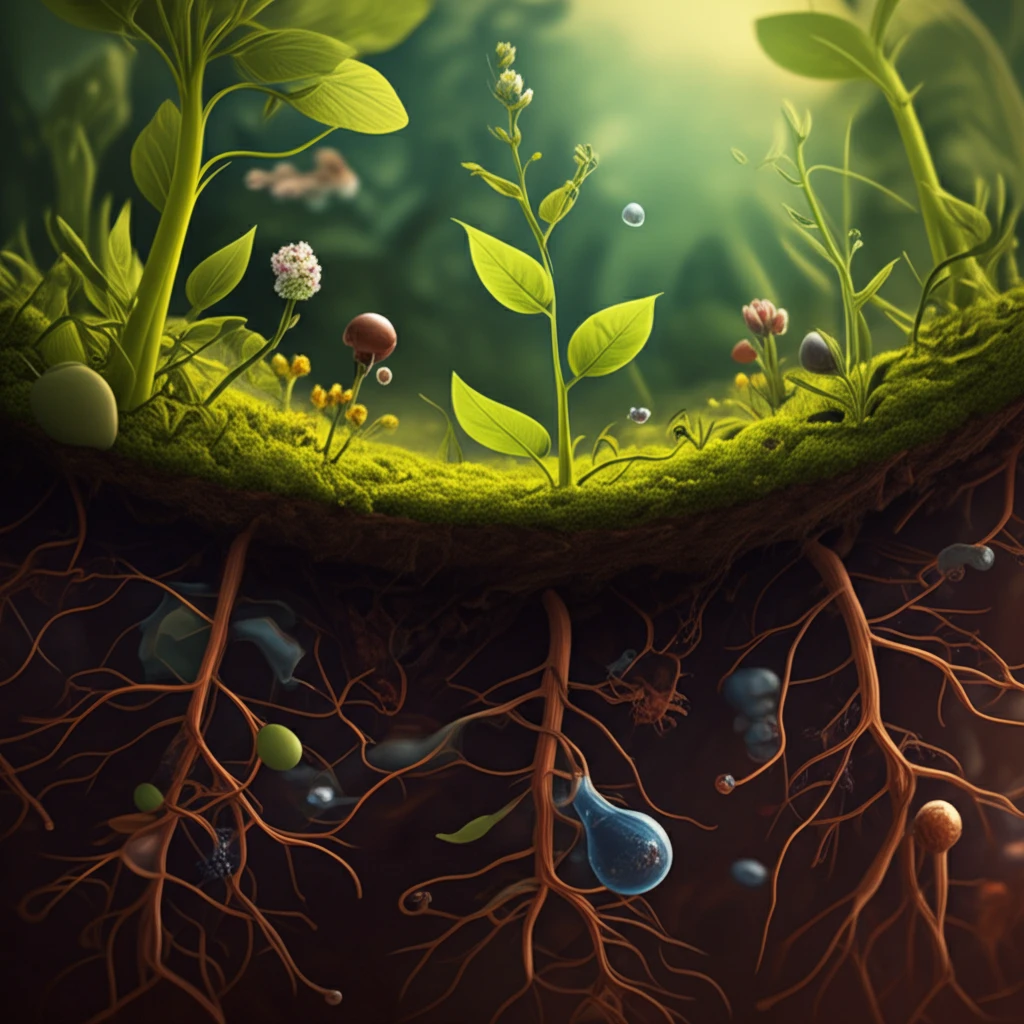
Unlocking the Secrets of Soil: How Understanding Soil-Water Potential Can Save Your Garden (and the Planet!)
"From energy flows to capillary action, discover the hidden world beneath your feet and how it impacts everything from plant health to global ecosystems."
Have you ever wondered why some plants thrive while others wither, even when they seem to have enough water? The secret lies in understanding soil-water potential, a critical concept that governs how water moves through the soil and becomes available to plants. It's not just about how much water is in the ground; it's about the energy it takes for plants to extract that water.
Soil-water potential expresses the energy state of water within the soil. Think of it as the 'effort' a plant needs to exert to pull water from its surroundings. This energy is influenced by several factors, including gravity, the attraction between water and soil particles, and the presence of dissolved substances. Understanding these forces unlocks the door to better gardening, more efficient agriculture, and a deeper appreciation for the intricate workings of our planet.
This article breaks down the complexities of soil-water potential into easy-to-understand concepts, offering practical insights for gardeners, environmental enthusiasts, and anyone curious about the hidden world beneath our feet. We'll explore the forces at play, the components of soil-water potential, and how you can use this knowledge to cultivate thriving plants and promote sustainable practices.
What Exactly is Soil-Water Potential, and Why Should You Care?

At its core, soil-water potential quantifies the energy of soil water – or, more precisely, the energy status of water within a porous medium like soil. This energy dictates water movement. Water always flows from areas of higher potential (where water is more 'free') to areas of lower potential (where water is more tightly bound). This difference in potential is essential for plants to access the water they need for survival.
- Plant Health: It directly affects a plant's ability to absorb water and nutrients.
- Irrigation Efficiency: Understanding soil-water potential allows for optimized irrigation, preventing overwatering and underwatering.
- Soil Salinity Management: Soil-water potential is related to how salts are distributed.
- Ecosystem Health: Soil moisture influences decomposition rates, carbon cycling, and overall ecosystem function.
- Landslide Prediction: High levels of water can lead to slope instability and landslides.
Harnessing the Power of Soil-Water Potential: A Call to Action
Understanding soil-water potential empowers us to make informed decisions about water management, from our backyard gardens to large-scale agricultural operations. By monitoring soil moisture levels and considering the energy dynamics at play, we can optimize irrigation, promote plant health, and contribute to a more sustainable future. Whether you're a seasoned gardener, a curious environmentalist, or simply someone who wants to learn more about the world around you, delving into the science of soil-water potential is a rewarding journey that connects us to the vital processes sustaining life on Earth.
